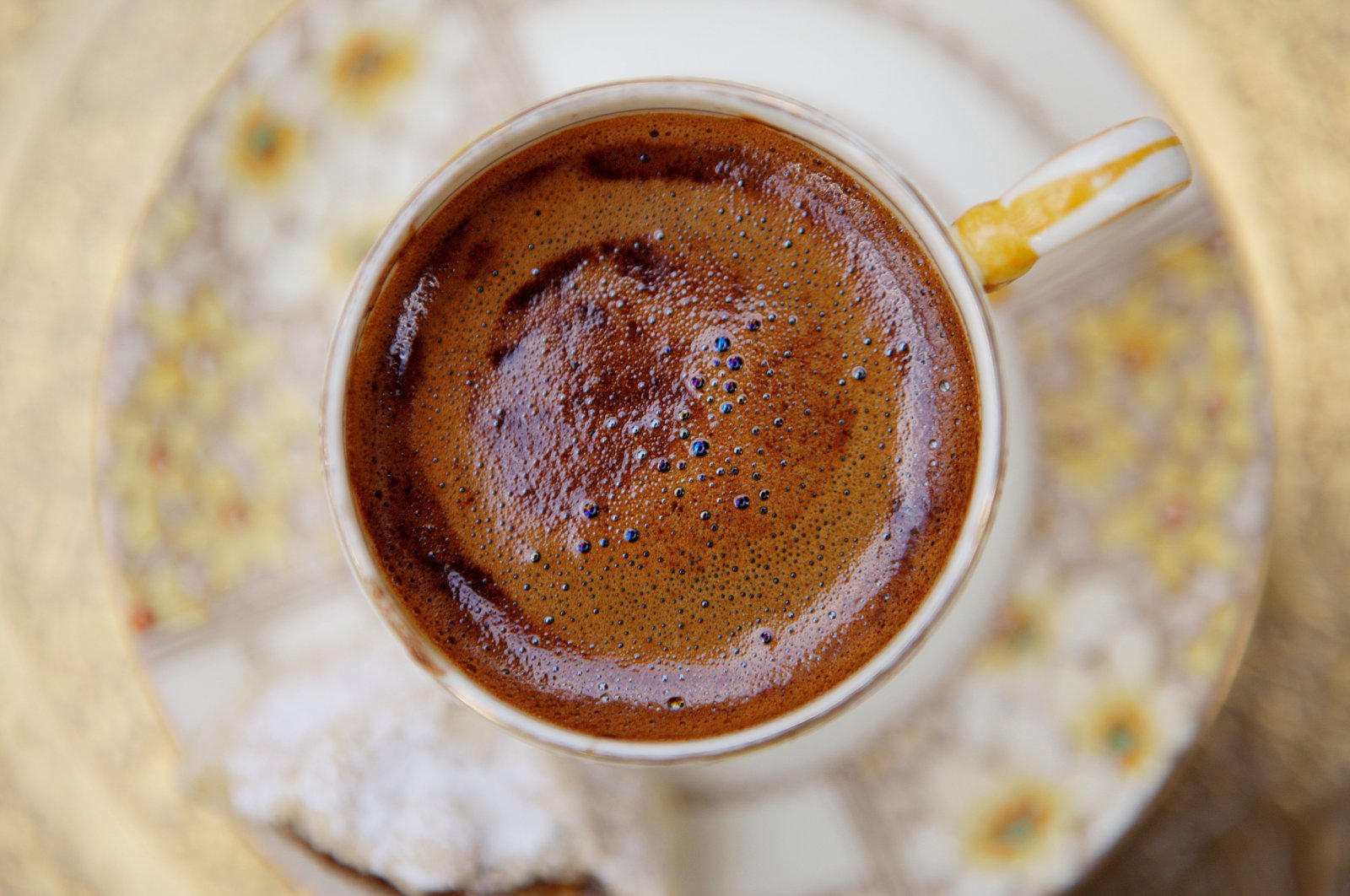
In the years since the Ottoman Empire mastered the art of grinding coffee beans and introduced the beverage to the Western world, Turkish coffee has remained one of the most valued and authentic traditions still practiced to this day here in Türkiye
Coffee was first introduced to Ottoman Sultan Suleiman I in 1540 by the governor of Yemen, with beans from Ethiopia, but it was the Ottomans who developed the style of roasting and grinding the beans to make what is referred to as Turkish coffee. In addition to being the first roasters and grinders, the first coffee shop in the world was also opened in Constantinople in 1550. In 1555, the Turks invented the first-ever coffee grinder. In fact, the Ottomans loved the beverage so much, they would take bags of beans with them on their expeditions, which is how the beverage ended up being introduced to Europe.
You see when the Ottomans retreated in the Battle of Vienna, they left behind bags of coffee beans that were recognized by a Polish spy named Jerzy Kulczycki, who legend has it went on to open a cafe with those very beans. He is also credited with being the first person to add cream to coffee. Nonetheless, through trade routes, coffee then made its way to America and all over the world.
In 2013, Turkish coffee was added to the UNESCO Intangible Cultural Heritage of Humanity and since then Dec. 5 is celebrated as World Turkish Coffee Day. What is truly remarkable is how the roasting, fine grinding, painstaking preparation and service remain a tradition practiced in very much the same style as it was conceived, and consuming this type of coffee continues to be a daily practice for most Turks.
Ground to fine powder-like consistency, Turkish coffee is customarily brewed in a "cevze,” which is a small yet long-handled copper pot with a pouring lip. It is mostly prepared in single servings and brewed either pure or with varying levels of sugar added according to preference. The point is to get the coffee to foam on the top, while the brewers must keep watch over the stovetop to make sure it doesn’t boil over. The coffee is then poured into tiny cups similar in size to espresso cups, however, in this case, there are grinds that line the bottom.
That said, there are also a number of variations on the brew, spices added and the way to serve traditional Turkish coffee that have developed over time in varying regions. Let the following serve as a guide to the different types of Turkish coffee you may one day come across.
Sütlü Türk Kahvesi
While many Britons will have noticed, adding milk to tea is certainly not done here. However, the milk rule is broken when it comes to Turkish coffee as "sütlü Türk kahvesi," which means coffee with milk, is indeed an item one can order at most coffee shops.
Damla Sakızlı Türk Kahvesi
Mastic, in Turkish referred to as "damla sakızı," is a popular aroma here in Türkiye and it even has an ice cream flavor devoted to it. It is prepared by grounding down the small rocks of mastic into a thin powder that is boiled first before adding the coffee and sugar. This distinct aroma is a popular one and hence this variation is one of the most prevalent twists on Turkish coffee around.
Menengiç Kahvesi
Traditionally made entirely from ground terebinth, which are the fruits of a type of Pistacia tree that grows in southeastern Anatolia, where this variation on Turkish "coffee” is popular, "menengiç kahvesi" usually contains no coffee at all. This makes this a variation with no caffeine, made solely from wild pistachio-like fruits and prepared with either milk or water. Menengiç is also referred to as "bıttım” and is used to make a type of shampoo soap.
Dibek Kahvesi
The very special "dibek kahvesi," which also goes by the names "Osmanlı" and "kervansaray kahvesi," combines a unique combination of spices with Turkish coffee that is ground together. These include carob, terebinth, cacao, sahlep, mastic and cream. They are pounded together with a stone or a mortar and pestle.
Kül Kahvesi
Getting its name from the coals it is prepared on, "kül kahvesi," i.e. "ash coffee" is prepared using a copper cezve, but in this case, it is brewed on a barbecue or over burning coals.
Mırra Kahvesi
In Arabic the word means bitter, so it is understandable that this is a much stronger brewed variation. Popular in the southeastern region, this type of Turkish coffee is actually brewed a few times with cardamom and is then served in round handleless espresso-sized cups.
Tatar Kahvesi
Served with a dollop of kaymak, which is a clotted cream, "Tatar kahvesi" also has its own special cup called a Tostakay, which is bigger than a Turkish coffee cup and smaller than a regular coffee-sized mug.
Hatay Kahvesi
The double-roast is what makes the "Hatay kahvesi" much stronger in flavor and a darker brew.
Devebatmaz Kahvesi
In this variation, whose Turkish name "devebatmaz kahvesi" translates into "a camel won’t sink coffee,” the focus is on the foam. That’s right, the coffee is brewed to extract maximum dark bubbles that are layered into the cup as they arise.
Cilveli Kahve
Hailing from Manisa, "cilveli kahve" is a Turkish coffee that is served with a sprinkling of roasted and crushed almonds. Its name translates into the concept of flirting and being coy, which is in reference to how it was once used by potential brides as a sign of whether they liked their suitor or not.
Süvari Kahvesi
Referred to in the Aegean as "süvari" and in the Mediterranean as "tarsuzi" and "tarz’ı hususi," which means "special style," in this variation the coffee is served in the classic Turkish thin-waisted tea glasses. The word is, this style was created by the Efe, the leaders of zeybek soldiers, so their cup of coffee would last longer.
